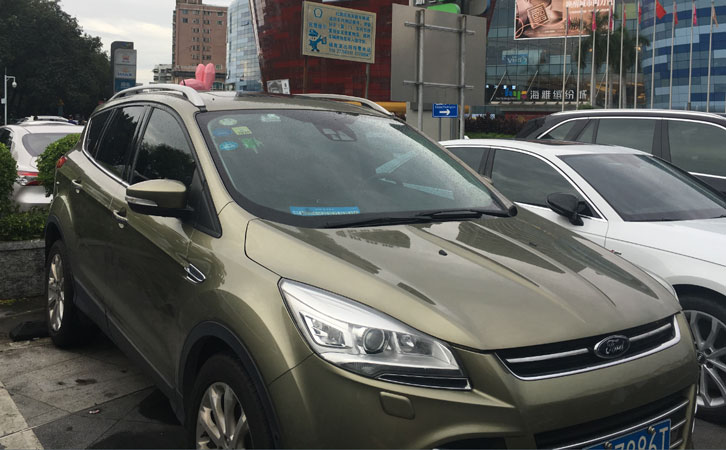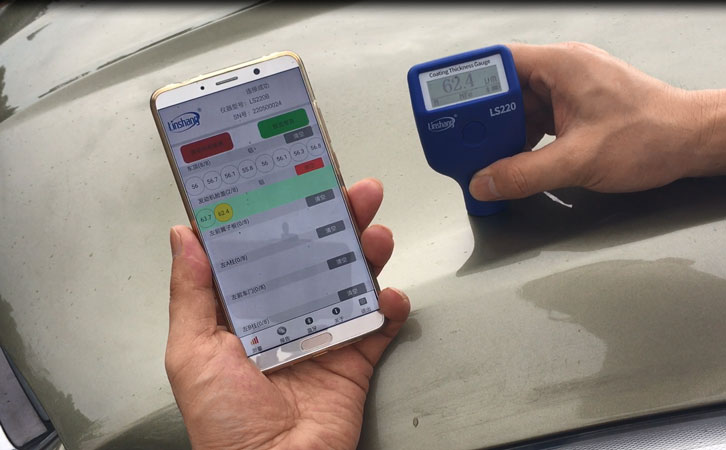How to Measure Paint Thickness on a Car With a Paint Thickness Gauge
How to evaluate the value of a used car is a problem that many buyers are troubled. Assessing the value of a used car requires a combination of factors in the car. These include viewing car tires, internal piping, engines, and paint finishes. One of the more important aspects is to check whether there is a secondary painting on the surface of the car. Secondary painting usually means that the car has suffered an accident.
If the car has suffered an accident, the paint thickness after the second repair will definitely differ from the paint thickness of the original car. Therefore, we can measure the thickness of automotive paint thickness with the paint thickness gauge.

How to measure paint thickness on a car, the steps are as follows
1. First, test the thickness of the paint surface of the car roof with the paint thickness gauge LS220, because the roof of the car is usually not damaged, so it is rarely repainted.
2. Next, test the paint thickness of other parts of the car, such as the door, engine compartment cover, left front fender, ABC column of the car body, trunk cover, right rear fender, right front fender and so on.

How to Measure Paint Thickness on a Car
3. When testing a certain position of the car with the paint thickness gauge LS220B, it is recommended to take the average of the data of multiple test points. If the average value exceeds 30μm compared to the thickness of the roof paint thickness, it can be judged that the position has been repaired by secondary painting.
If it is necessary to accurately evaluate the value of used cars, it is necessary to have a comprehensive analysis of the test results of multiple parts of the car by professional used car appraisers through professional equipment. It is not enough to measure the thickness of the car paint surface.
- High precision coating thickness gauge for used car
- Automotive paint protection films coating thickness gauge
- Plating Thickness Measuring Instrument for Detecting Anti-corrosion Coating
- Linshang LS220, LS191, LS160A– Necessary for Car Cover Inspection
- Coating Thickness Gauge for Second Hand Vehicle
- Zero Adjustment Step of Coating Thickness Gauge